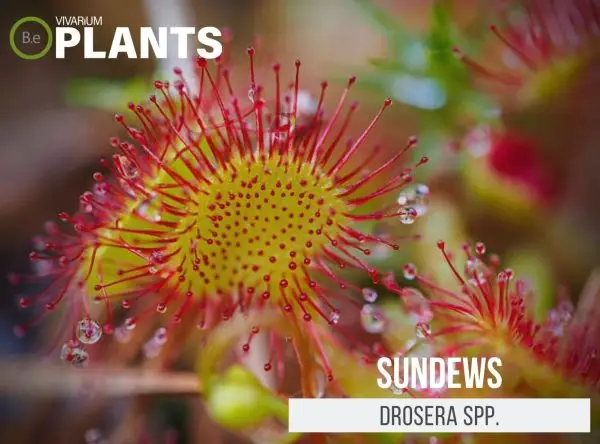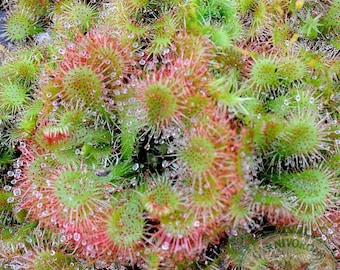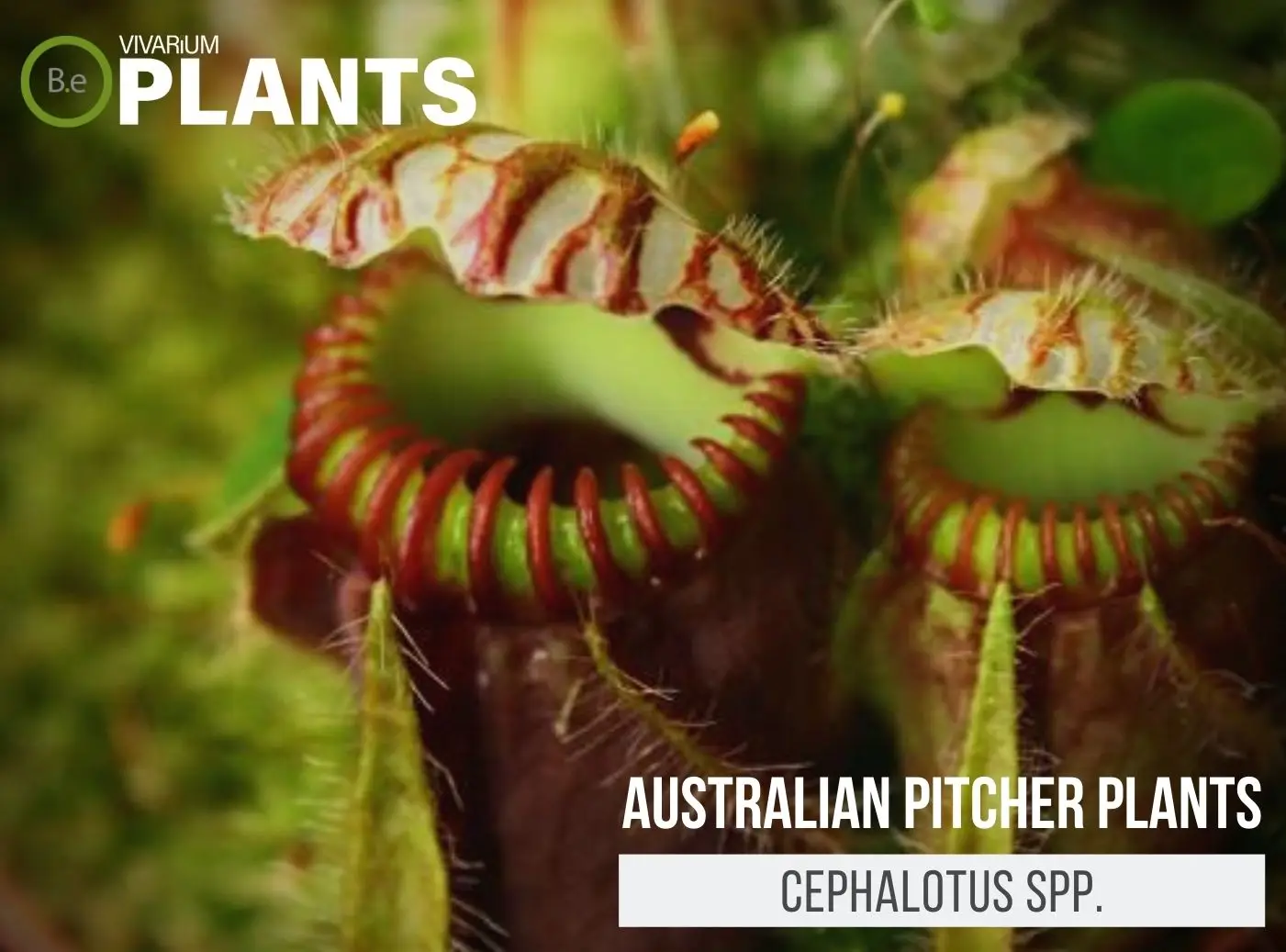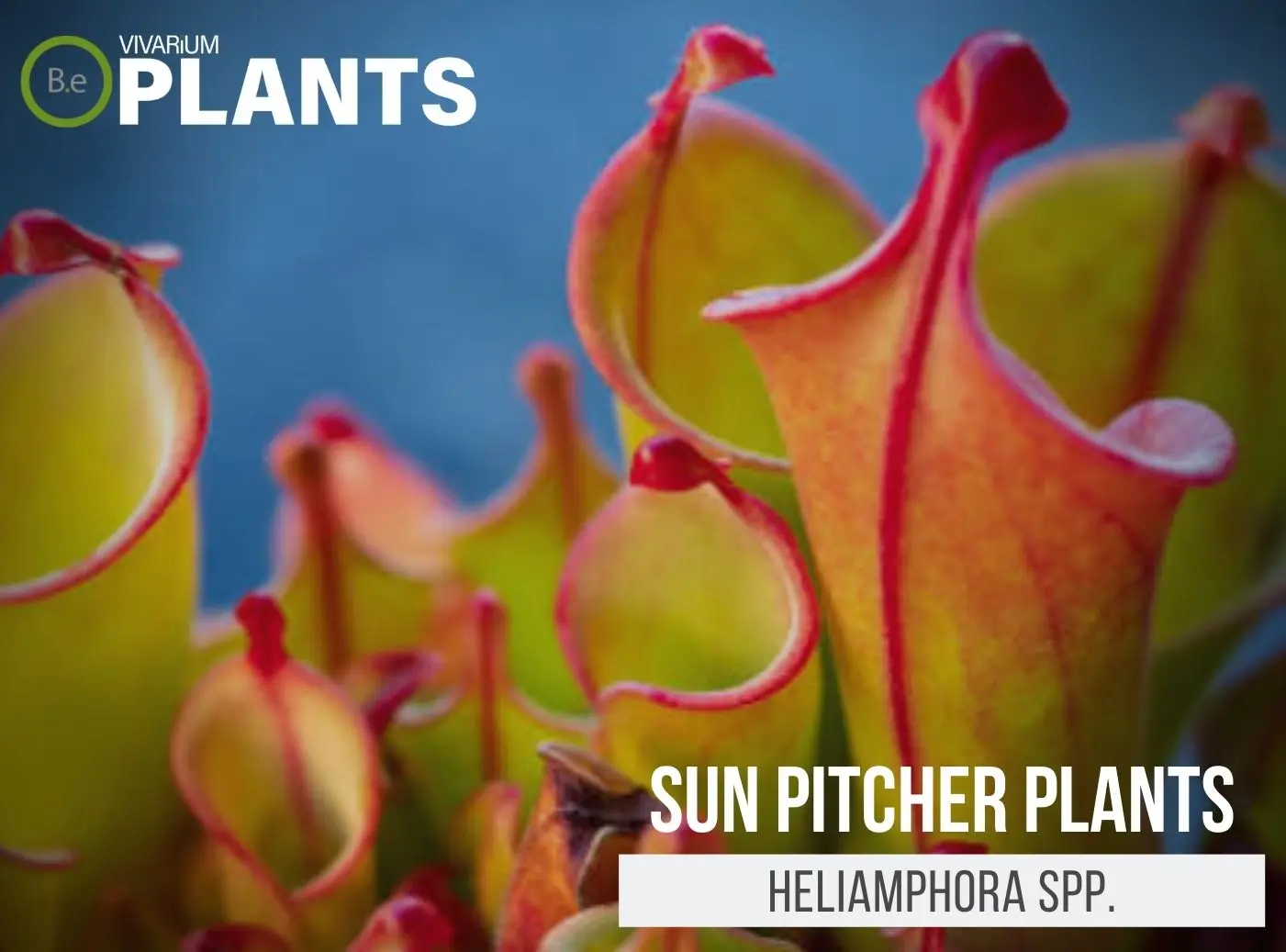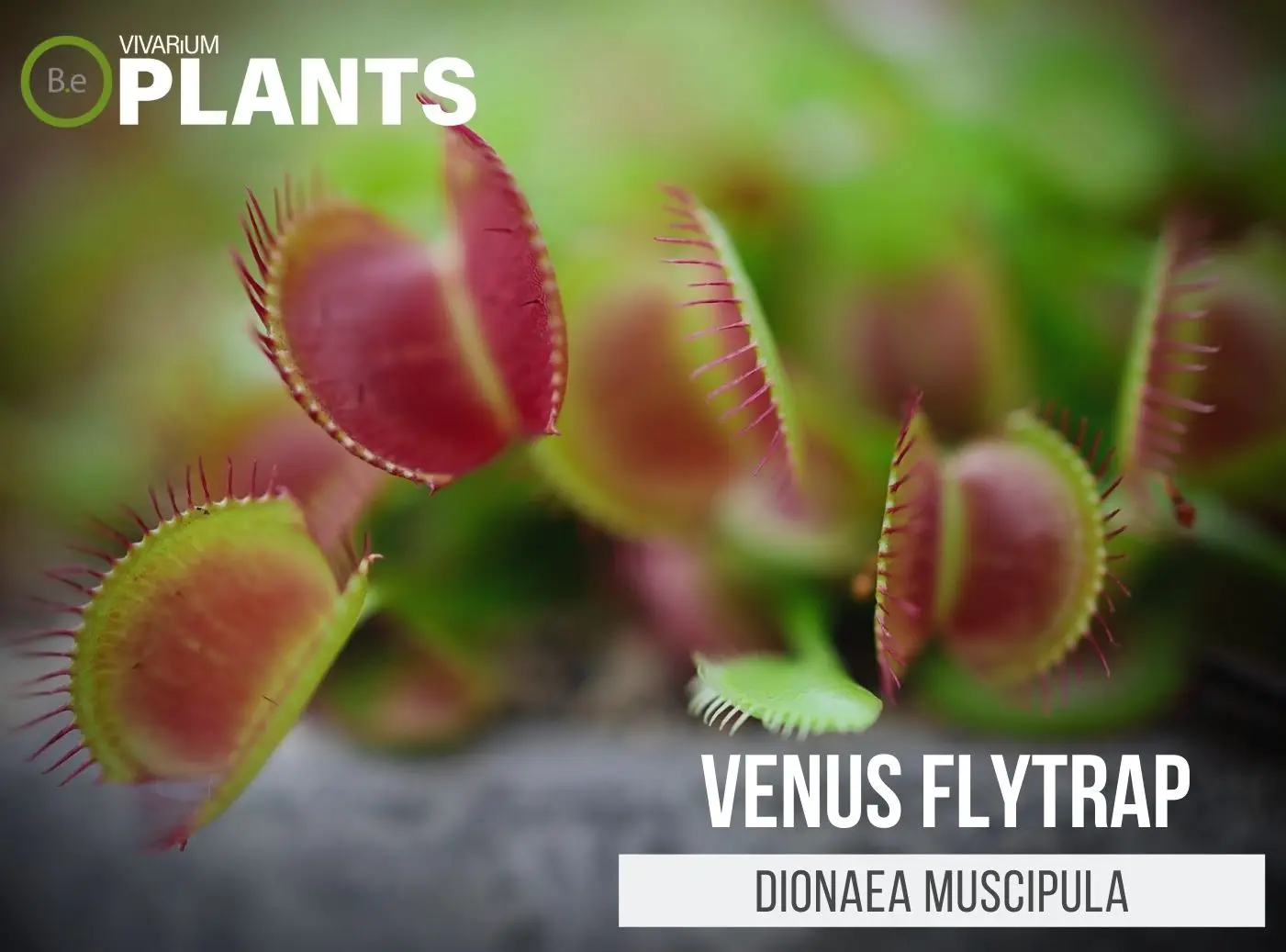Terrariums are a great way to bring the beauty of nature into your home.
But if you‘re looking for something truly exotic and fascinating, why not consider adding a sundew plant to your terrarium?
Not only are sundews beautiful, but they are also quite unusual and intriguing.
With their strange, fleshy tentacles and sweet nectar that attract insects, sundews are sure to delight and fascinate all who view them.
In this article, you‘ll learn all about sundews, and why they are such an ideal carnivorous plant for the terrarium.
| Quick Stats: | |
|---|---|
| Scientific Name | Drosera spp. |
| Common Name | Sundews, Drosera |
| Family Name | Droseraceae |
| Habitat | Wetlands, bogs, marshes, open grassland |
| Temperature | 60°F to 80°F |
| Height | Up to 4 inches |
| pH | 4.0 to 6.0 |
| Lighting | Bright |
What Are Sundew Plants?
Drosera spp. Is a genus of more than 170 species of carnivorous plants, classified under the family Droseraceae.
They vary in stem and leaf shape depending on the species, growing to a maximum of 4 inches in height.
Its petioles and leaves secrete a sticky substance containing digestive enzymes to attract and trap prey, which is then digested by this species.


Sundews Facts
Sundews are believed to have evolved their carnivorous characteristics due to an adaptation to their nutrient-deficient environment.
This species also produces its own fertilizer via its trap mechanism.
Sundews are one of the best-known carnivorous plants and have been extensively studied because of their diverse biology and distinct appearance.
Description
Most species of Drosera have a thick coating of hairs, which cover the leaves and some stems.
The leaves, which range in shape and size, usually end in sensitive trap glands, acting as a sticky trap for the mosquitoes and insects that are attracted to the secretion.
The flowers vary in color and size, but are typically small and clustered around the stem.
Habitat
Sundew plants are most commonly found in the wetlands, such as marshes, bogs, and open grassland, these plants thrive in shallow water, where they grow to maximize their range of prey.
The ideal temperature for this plant range from 60°F to 80°F, it can tolerate humidity but will lose its coloration and growth function if exposed for too long.
PH Preference
Sundews prefer a pH range of 4-6.5 which is slightly acidic and is adapted to environments, like swamps and bogs, with low nutrient levels in the soils and water.
Vivarium Type
There is no set type of enclosure that Sundews must be grown in.
In fact, they can do very well in a variety of vivarium types.
One of the most important things to keep in mind when choosing the appropriate enclosure is the amount of space available.
In addition, Drosera spp. should also be provided with tropical and moist terrain areas.
Here are recommended vivariums it will do well in:
- Terrariums – Fully terrain-based enclosures with little to no aquatic features.
Vivarium Placement
Drosera will grow best in a terrarium with plenty of sunlight and near wet areas.
They should be positioned lower in the terrarium, where light penetration will be best, and should be kept away from mesh screen lids, as they need high humidity levels.
These plants are not suitable for an underwater or partially submerged terrarium, as they will quickly rot from too much moisture.
Substrate
Sundews prefer to grow in loam or sand-based terrarium substrates, which should be kept slightly damp for the best growth conditions.
Coconut fiber, sphagnum moss, or other moisture-retaining terrarium substrates are ideal for this species, as well as using a combination of both for better drainage.
Lighting
Sundews need lots of bright light, as this is vital in giving them enough energy to digest insects.
Natural sunlight is preferable, especially if the terrarium is kept inside, so placing it near a window or skylight is ideal.
They also do well under fluorescent or LED terrarium lighting, which can provide the available spectrum they need to thrive.
Buy Sundews
When it comes to buying Sundew, there are a few things to keep in mind.
Making sure that the plant being bought is healthy is essential for its success in a vivarium.
Vegetation that is already in poor conditions, will have a very hard time adjusting to new environments.
In addition, always check the foliage closely for yellowing, drying, black spots, or any signs of damage.
Pay close attention and look for any pests or fungal diseases.
Carefully inspect all around each tentacle to avoid missing any red flags.
Click the image below to find out more about the current price and other relative info about this plant:
Sundews Care and Propagation
A combination of water, sunlight, and nutrient-free soils will keep sundew plants in tip-top shape.
Consistent common fertilizers could be used sparingly as they are known to be nutrient-hungry.
Proper fertilization will also help protect your plants from pests and diseases.
Propagating Drosera is fairly straightforward, as it can be done via division, layering, and seed.
How to grow
Sundews are carnivorous plants, which means they derive most of their nutrients from insects.
They are native to wetlands and boggy areas, so they need moist conditions in order to thrive.
It’s important to use a well-draining soil mix that is specifically formulated for carnivorous plants, as regular potting soil is too high in nutrients and can harm or kill the plant.
Keep the soil evenly moist and maintain a high level of humidity around the plant to ensure it stays healthy.
If you see dew drops forming on the tentacles of the plant, it’s a good sign that it is getting the moisture it needs.
Watering
This species prefers and does best with regular, thorough waterings.
Keeping the soil slightly damp but not too wet is key and it is best to avoid misting these plants too often.
Overwatering can lead to root decay, however, too little water can cause leaves to brown and curl.
Plants Similar To Sundews
Adding diversity to an enclosure is key to an aesthetically pleasing setup.
Try mixing up the look of your vivarium with different flora that can easily co-exist in the same types of environment.
Furthermore, if for some reason you find Drosera spp. hard to acquire or would like to consider something similar to this plant…
Here are some other carnivorous plants you might find may do well with or in the place of Sundews:
Conclusion
Sundews are an incredibly interesting and exotic species of terrarium plant that make a wonderful addition to any terrarium.
From their strange and fascinating tentacles to their bait–and–capture traps, not to mention the sheer beauty of their flower clusters, sundews have a lot to offer any terrarium enthusiast.
With the right environment, care and attention, these wonderful plants can add vibrant color, delightful smells, and a one-of-a-kind ambiance to any terrarium.
So if you’re looking to make a real statement or just simply want to bring some of nature’s wonders into your home, adding sundews to your terrarium is sure to be a beautiful and rewarding decision.
Frequently Asked Questions
Tiny sticky tentacles surrounded by protective hairs cover the leaves of Sundew (Drosera spp.), and if you touch them, the tentacles will likely stick to your skin. Sundews have these tentacles to trap insects, which stick to the plant and are then digested to provide the Sundew with important nutrients.
Despite the fact that their leaves may feel slimy to the touch, the Sundew plants are not harmful to humans and can be safely handled without causing any damage.
Yes! Sundews are one of the easiest carnivorous plants to care for and maintain. They do best in a wet, sunny environment and require careful attention to soil and humidity levels. They require very little pruning, but should be repotted every couple of years. With minimal effort, sundews will add some serious drama to any garden.
Sundews catch and eat flies by secreting a sweet sticky substance called “dew“ that traps flies when they land on them. The sundew then slowly digests the insects with enzymes released from special glands on their slimy leaves.
Sundews, which are carnivorous plants, are known to capture and eat small insects such as aphids and fruit flies. The amount of time it takes for a sundew to eat a bug can vary greatly.
Some of the factors to consider include the size of the bug, the covering of the sundew’s tentacles, and environmental conditions. Generally, it can take anywhere from a few hours to a few days to completely eat a bug.
Yes, sundews do eat dead bugs. This is because sundews are carnivorous plants that trap and digest small insects, such as flies, mosquitoes, and other small crawling insects, both alive and dead. This is an adaptation that helps them to obtain the nutrients that they need for growth.
